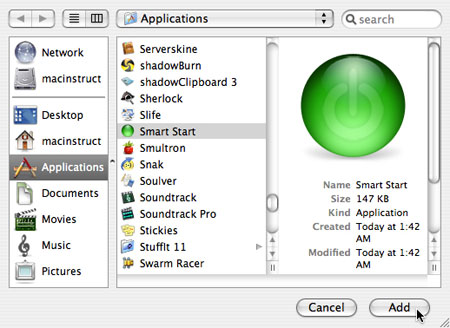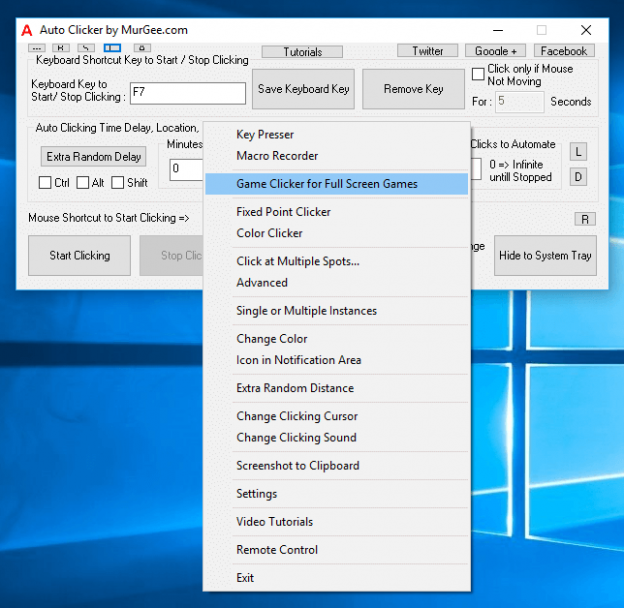

Even if Pixelmator Pro isn’t open, the script will automatically launch the app and show the alert. tell application 'Pixelmator Pro' display alert 'Hello, world' end tell. Repeat that line a bunch of times, and you can ensure that your cursor won’t be in the top corner of the screen. The first script is a very basic script that will make Pixelmator Pro show an alert containing the phrase Hello, world. With # being replaced with the corresponding integer value of the key code (which you can determine using Full Key Codes) and it will move the cursor roughly 1 pixel in that direction.

Tell application "System Events" to key code # Once Mouse Keys are enabled, in applescript we can say Numpad 5 is click, and the numbers around it correspond to direction (2 down, 6 right, 3 down-right, and so on) Mouse keys allow you to use the number pad of the keyboard in place of a mouse. First, open up your system preferences, and go to “Universal Access.”.This is enough.īy enabling universal accessibility we can use key strokes to move the mouse. Now, there is not a direct command in applescript to control the mouse (which is a bummer, as that would have been incredibly easy.) but there is a way to emulate keystrokes. Not wanting to make extra work for the gallery manager, I decided to solve the problem through applescript. Then I encountered a small problem: when it loaded, the computer was placing the mouse cursor in the upper left corner of the screen, keeping the file menu visible, despite the full screen video. While in Eugene this weekend setting up some art in a gallery installation, I found myself writing a piece of applescript to load a video, loop it, and place it in full screen whenever the computer booted up. This video tutorial is all about How to make the Mouse Cursor Click Automatically in any Windows toclick makemouseautoclick mousecursorNote : T.


 0 kommentar(er)
0 kommentar(er)
